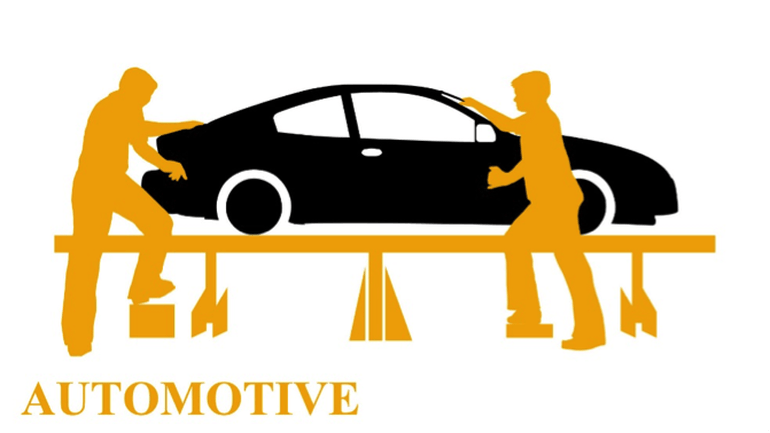Today digital transformation is a well-known concept. The growing connectivity of people, machines and even businesses has changed the demands of the markets. In order to keep up and stay competitive, business have to adjust to these demands by digitizing their processes and business models. But the digital transformation also holds a lot of new opportunities to grow or even establish new branches of business. Therefore companies should embrace innovation, ensure effective customer engagement, bring in fresh ways of thinking, and empower a company to make well informed decisions as a collective whole.
Smart cars have made headlines for quite a while. It has been one of the first examples of how the connectivity of people and machines changes not only the way we live and communicate, but also how we work. Many businesses have already begun to transition themselves towards digital transformation, as in this case with smart factories, as they realize that it is not something to be left for tomorrow. With this series we want to illustrate, on industry specific use cases, how businesses can re-imagine their business models, processes, products, and services, for the purpose of achieving the benefits of the digital transformation, this is the first use case of the automotive industry.

Use Case Business Intentions
In order to leverage the benefits of trends like connectivity and the Internet of Things, businesses will leverage for example sensors work for themselves. Like in this use case, where we will take a closer look into the automotive industry and which benefits can be derived from creating smart factories for vehicle assembly. When re-imagining your processes to accommodate Big Data, Analytics and the Internet of Things, there are many possible benefit. A few being cost reduction, increasing employee satisfaction and a rise in product quality.
EMEA customer example
To make this use case more relatable, we will illustrate it on an anonymized customer example with their before-and-after situation.
This company is a great example of digital transformation done right when it comes to using the ‘smart’ trend to their advantage. When they started the transformation to a smart factory, errors, delays, and waste were proving impossible to monitor and avoid during the manufactory process with so many interactions happening simultaneously. Therefore the goal with this move was to gain better visibility of its operations and eliminate inefficiencies to generate significant cost savings and productivity gains.
Before Digital Transformation
Complexity is a key term when talking about the situation before the transformation in this company, as it is in many others. Different models of cars are produced on the same line necessitating loading a different tool program into the power tools based on the specific vehicle to be worked upon. Previously the identification of the vehicle occurred using a barcode scanner resulting in unproductive work, with about 6 seconds per tool, at 150 tool stations on 1,000 cars per day. This is the kind of effort, which will keep companies from keeping up with the digital economy.
After Digital Transformation
Now, when using a real-time location system to track thousands of interactions along the customer’s assembly line and instantly adapting tool settings, through the smart factory enabled the customer factory workers to seamlessly complete their processes and meet their objectives, without delaying operations.
The plant has completely eliminated manual barcode scanning, saving time and helping factory workers avoid costly mistakes. Automatic identification capabilities have allowed the customer’s team to easily rebalance operations to maintain optimal production flow.
Empowered with unprecedented levels of visibility into their manufacturing processes, the customer can now make better informed, data-driven decisions to continually streamline and enhance operations at the plant.
Tangible Results
This customer is now able to completely eliminate costs related to manual tool control, minimize line stoppages, and significantly reduce cycle time. It has saved hundreds of unproductive hours a day, cut the risk of errors and minimized the amount of rework. Also IT and maintenance costs were reduced by replacing legacy active and passive identification systems with one flexible infrastructure. This transformation was a complete success with tangible results right away.
This is only one example of many more to come that don’t leave a doubt that the digital transformation is the next step for businesses to stay competitive and take the right path towards the future. Stay tuned for even more digitization use cases with hands-on business examples.
So stay tuned for more on this topic and follow me via @SDenecken
